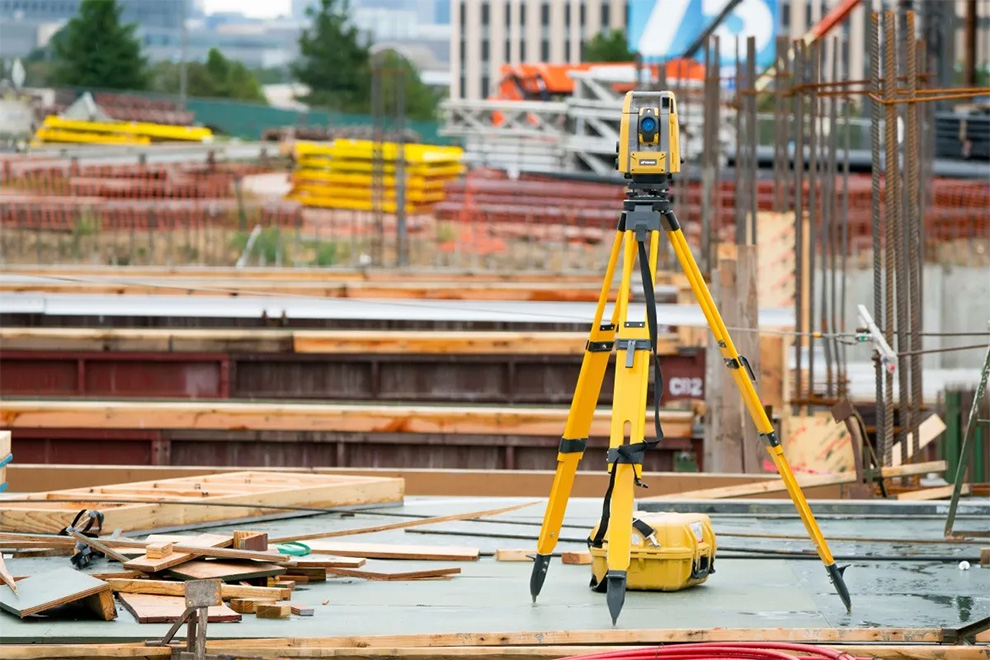The impact of delays
As an example of how the construction industry has been hit by the pandemic, research by Dodge Data & Analytics shows that in April 2020, on average, 40% of contractors’ commercial and institutional projects were delayed due to the pandemic. But, there are signs of recovery in the industry. In July, when the first wave had started to ease off in many parts of the world, the share of delayed projects had declined to just 26%, and contractors i were expecting it to drop further to 22% by Q1 2021.
With the global average value of a construction delay dispute being a staggering US $30.7 million according to a 2020 report into global construction claims, and the UK predicting delays to construction work to cost almost £26 billion, it’s more crucial than ever that projects remain on time and on budget.
If construction is going to continue its economic recovery, the industry can no longer ignore automated technology and digital processes. Delivering construction projects will require the use of innovative technology and connected workflows to drive them forward and help overcome the challenges of the pandemic.
Embracing automated workflows
Project management software such as MAGNET is a key tool in creating efficient workflows. The technology ensures all of the solutions being used on a project are working from the same data, meaning that all stakeholders have access to the same information, including reports, in near-real-time. With access to full workflow connectivity, collaboration and communication on site can be revolutionised and accurate data can be seamlessly sent from site to office without the need for additional resource.
Offering a streamlined digital earthworks workflow, MAGNET can be used to manage projects in 3D – creating realistic and accurate earthworks plans, while also enabling users to see all project data in a single view so they can weigh up different design options and evaluate the differing costs.
With the number of people allowed on site reduced due to social distancing measures, this is a great example of how technology can augment a process, limiting the number of people required on site, while instilling construction professionals with new, useful skills and capabilities.
Connectivity across the jobsite
Utilizing innovative hardware that works in tandem with intuitive software is another way to help projects stay on time and on budget. For example, Topcon’s new GT Series is a full workflow solution for layout, survey, and machine guidance which works seamlessly with easy-to-use MAGNET or Pocket3D software. The GT-1200 and GT-600 total stations are available in multiple accuracy levels. Plus, the full workflow solution includes a new FC-6000 field computer, a full-version update to Topcon field and office software, and HiPer Series GNSS receivers.
Construction verification technology that combines hardware and software is another way to reduce errors and boost productivity onsite. Hardware such as Topcon’s GTL-1000 works with ClearEdge3D Verity software to enable near-real-time verification at every stage of the build, while compiling a digital image of the as-built structure. Ultimately, these technologies work together to improve the way buildings and infrastructure are planned, designed and managed.
Although the industry may be facing uncertainty, the truth is that construction has a real opportunity to embrace new technology in order to create the most efficient way of working possible. Embracing this digital transformation is not only crucial in accelerating the industry’s economic recovery, but also in ensuring the industry is prepared for whatever the future holds.
For further information on how Topcon technology can accelerate productivity, visit: https://www.topconpositioning.com/accelerate-jobsites
















